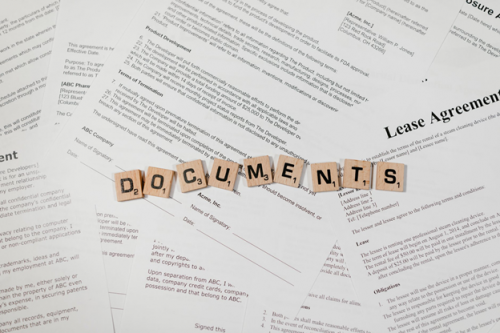Subpoena Service in California: A Guide to Serving
Court trials are sometimes long and tedious. In the course of your hearing, a witness may refuse to show up or bring necessary documents. When this happens, you have to serve them a subpoena. A subpoena is a court order you serve someone requiring them to testify at your hearing or bring some documents to the hearing.
That said, California is a state well known for its large population and beautiful coastline. California also happens to be the second largest state in the United States of America. This means that there are many people who live here, including those who need subpoena services.
Subpoena service in California can seem complicated, especially when it’s your first time serving one. However, you don’t need to serve the subpoena. The legal process starts immediately after you provide the defendant with a copy of the subpoena filed with the court.
It’s important to note that you can only serve a subpoena to a person who isn’t part of the case already. You serve a Notice to Attend Trial if the person is already a party in the case. In this comprehensive guide, you’ll learn the California subpoena serving process from start to finish.
Contents
Types of Subpoenas
There are two types of subpoenas: a subpoena ad testificandum and a subpoena duces tecum. The first type is for giving testimony in court while the latter requires you to bring documents, files, or other objects to the court.
- Deposition subpoena (business): A deposition subpoena (business) is for an organization such as a corporation or partnership. The people who do the depositions are usually lawyers, and they ask lots of questions about how things work at the company.
- Deposition subpoena (personal): This deposition subpoena type is actually a legal document that compels you to show up in court. You can think of it as an order for you to come and explain something.
How to Serve a Subpoena in California
To serve a subpoena in California, you have to take a blank civil subpoena (for personal cases or Duces Tecum) form to the court clerk to stamp and sign on it. Next comes the filling of the form. In the appropriate section, fill in the witness’s name and the documents to bring to court.
You can decide to use a subpoena service in California to ensure that you don’t have to worry about a thing while serving a subpoena. The subpoena can either be personally delivered by you or a third party over eighteen years and not a party to the case. It’s more advisable that you use a registered process server well versed in California laws.
Alternatively, the subpoena can be delivered by your friend, coworker or neighbour as long as they are not a party to the case. In some cases, the sheriff near the courthouse where the defendant lives can serve a subpoena.
Whether you deliver personally or hire a Subpoena service, the subpoena must be delivered in person and not by mail.
The person who delivers the subpoena had to fill out the Proof of Service recounting how the device was executed. Finally, make at least three copies of the subpoena. One copy will be filed with the court clerk, the other delivered to the witness and the third will be kept by you.
Rules of Civil Procedure in California
Serving a subpoena in California is subject to California subpoena services rules. According to California courts, the other party or witness has the right to object to the subpoena. If the other party objects to the subpoena, and you cannot reach a written agreement to change the language of the subpoena, they must file a request to quash the subpoena.
If the witness is a non-party, they have the right to file and serve written objections, and then it becomes your obligation to seek a court order for the non-party Rules of Civil Procedure in California.
If a person served a subpoena refuses to come to court or bring the necessary documents, the court could sanction them for contempt. They will be fined $500 and required to pay for any expenses incurred by their refusal to appear in court.
Witness Fee
A witness has the right to demand a flat fee for appearing in court. They can demand up to $35 for every day they appear in court. They can also request reimbursement for the mileage at $20 per mile to and fro to travel to the court hearing.
In trials and hearings, the witness requests for the fee when the subpoena is delivered. If the witness is an employee of a public entity, the public entity is entitled to reimbursement for the employee’s salary and travel expenses.
The plaintiff must enclose a sum of $275 for the employee’s daily appearance in court in the subpoena served to the public entity. In case the actual salary is less or more than $275, the public entity will sort out the differences with the plaintiff.
Notice to Consumer
California notice to consumer is a special notice served to the consumer if they’re requested to present personal records. A consumer is a witness who is required to appear in court. Personal documents refer to documents, books, other writing or electronic data of the consumer held by a public or private university, college, high school or kindergarten.
A subpoena containing the Notice to Consumer must go to the public entity five days after the witness received their copy of the subpoena. A Notice to Consumer shows that the witness whose record is being served has been notified.
Conclusion
While serving a subpoena can be a pretty rigorous and time-consuming process, following the right procedures will save you plenty of time and effort. A subpoena becomes void if errors are made while preparing it or if the witness wasn’t given reasonable time.
If you need a subpoena, you can walk into a courthouse and ask the court clerk for assistance with the preparation and the processes to follow. If you find that the process is too cumbersome for you or that your knowledge of the law is insufficient, always opt for a subpoena service in California.



